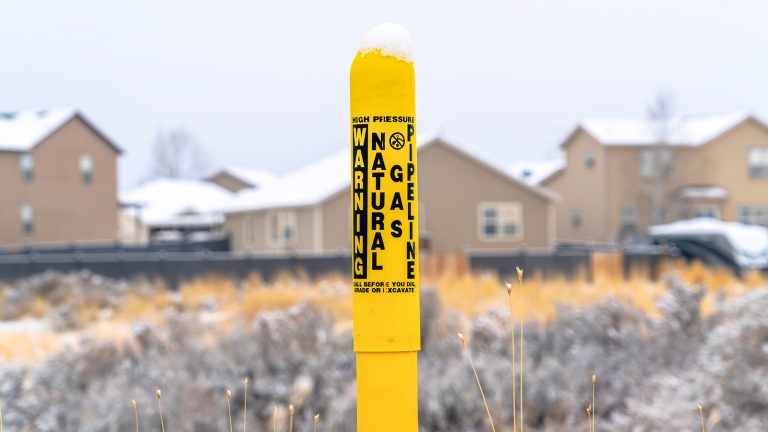Returning to college as an adult can be a thrilling leap towards personal growth and better job prospects, but the financial commitment can make many pause. The quest for higher education carries with it a hefty price tag that can deter even the most passionate learners. If you are part of the ‘everyday Americans’ demographic—often underserved and looking for a way to make education affordable—fret not. Education grants might just be your ticket to pursuing your academic dreams without the looming cloud of debt.
In this comprehensive guide, we unveil various education grants that could shave thousands off your college expenses. Remember, grants are need-based financial aids that you don’t typically have to pay back, making them incredibly valuable resources for students.
Pell Grants – A Stepping Stone to Higher Education
One of the best-known federal financial aids is the Pell Grant. Targeted at undergraduate students who display exceptional financial need and haven’t yet earned a bachelor’s, graduate, or professional degree, Pell Grants can significantly reduce college costs, sometimes covering the full tuition. The amount you can receive will be calculated considering your expected family contribution (EFC), cost of attendance, enrollment status, and whether you plan to attend school for a full academic year or less.
Federal Supplemental Educational Opportunity Grants (FSEOG)
Like the Pell Grant, the FSEOG is designed to assist low-income undergraduate students. However, not all schools participate in the FSEOG program, so you’ll want to check with the financial aid office at the college or university you plan to attend. FSEOG awards range from $100 to $4,000 per year and are administered directly by the participating institutions.
State-Specific Grants – Local Opportunities
Each state in the U.S. has a selection of grants available for residents. Whether these are based on financial need, particular fields of study, or other criteria, it’s worth looking into what your state’s education department offers. A bonus tip? Applying early can increase your chances, as some state grants are awarded on a first-come, first-served basis.
TEACH Grants – For Future Educators
The Teacher Education Assistance for College and Higher Education (TEACH) Grant is provided to those who are taking up teaching as their profession. Recipients of the TEACH grant must agree to serve for at least four years in high-need fields and underserved schools. Should the recipient fail to meet these obligations, the grant converts to a direct unsubsidized loan.
Grants for Military Service
Various grants are available for both veterans and active military service members looking to continue their education. The Post-9/11 GI Bill is one of the most utilized military education benefits, offering assistance based on the amount of time served on active duty. Other grants include the Montgomery GI Bill and the Iraq and Afghanistan Service Grants.
Employer Tuition Reimbursement – The Company Benefit
Some employers offer tuition reimbursement programs as an employment benefit. These programs typically require that your studies be related to your job function and that you maintain a certain grade point average. If you’re working and considering returning to school, consult your HR department to see if this option is available.
Scholarships – Don’t Overlook These!
While technically not grants, scholarships are another form of financial aid that doesn’t need repayment. Thousands of scholarships are offered based on a variety of qualifications, including academic merit, artistic or athletic talent, and more. Many scholarships are open to non-traditional students returning to school.
Conducting Your Search – Resources to Help
When searching for grants, start with the Free Application for Federal Student Aid (FAFSA®) to determine your eligibility for federal grants. For scholarships, databases like Scholarships.com or the College Board’s Scholarship Search can help streamline your search. Additionally, your chosen institution’s financial aid website should provide resources specific to available grants and scholarships.
The hurdles of financing higher education shouldn’t dampen your aspirations of going back to college. With research, a little effort, and the knowledge of what’s available in terms of education grants and other forms of financial aid, a degree is well within reach. These forms of support can lift the financial burden, allowing you to focus on what truly matters – learning and growing into your potential.
Remember, investing in your education is investing in your future, and with the right financial support, it’s an investment that becomes all the more manageable. Take advantage of these opportunities and take a step closer to achieving your academic and professional goals.









